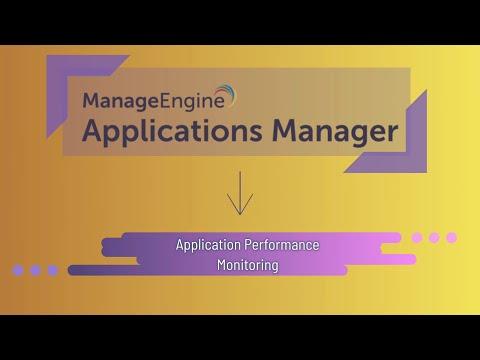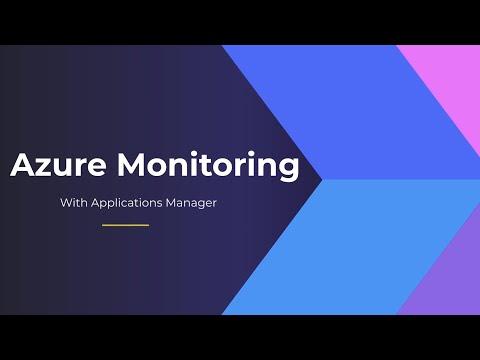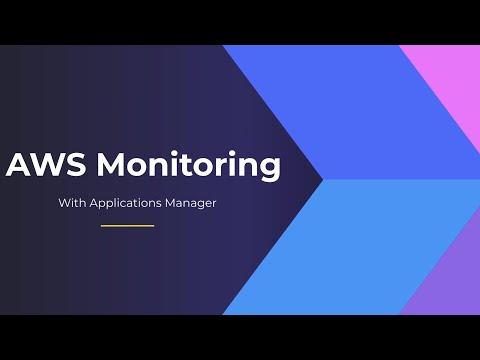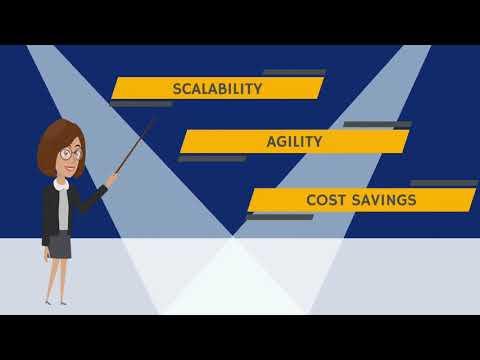Elastic announced Elastic Distributions of OpenTelemetry (EDOT), a portfolio of OpenTelemetry (OTel) components designed to improve infrastructure and application monitoring in standard OTel distributions and functions.
EDOT provides deeper insights and troubleshooting capabilities to users, including fixes outside of OTel release cycles and enterprise-grade support from Elastic.
Download a complimentary copy of the 2024 Gartner® Magic Quadrant™ for Observability Platforms
“As organizations’ use of technology evolves, so do their needs for application and stack observability,” said Ken Exner, chief product officer at Elastic . “Building on our decision to adopt and recommend OTel for observing applications, Elastic is committed to contributing EDOT features or components upstream into the OTel community, fostering a collaborative environment and enhancing the overall OTel ecosystem.”
EDOT includes the following components: Elastic Distribution of OpenTelemetry Collector (EDOT Collector) and Elastic Distributions of Language Software Development Kits (SDKs), supporting Java, Python, NodeJS, .NET, and iOS and Android, with support for more languages to be rolled out.
The Elastic Distributions of SDKs bring additional application performance monitoring (APM) capabilities from Elastic's APM agents into OTel language SDKs, while maintaining seamless integration with Elastic Observability. Elastic will release OTel versions of its APM agents and continue to add additional language SDKs mirroring OTel.
EDOT users can still use native OTel components in conjunction with Elastic. Details and documentation for all EDOT components are available in Elastic’s public OpenTelemetry GitHub repository.
EDOT is available now in tech preview.
The Latest
Industry experts offer predictions on how NetOps, Network Performance Management, Network Observability and related technologies will evolve and impact business in 2025 ...
In APMdigest's 2025 Predictions Series, industry experts offer predictions on how Observability and related technologies will evolve and impact business in 2025. Part 6 covers cloud, the edge and IT outages ...
In APMdigest's 2025 Predictions Series, industry experts offer predictions on how Observability and related technologies will evolve and impact business in 2025. Part 5 covers user experience, Digital Experience Management (DEM) and the hybrid workforce ...
In APMdigest's 2025 Predictions Series, industry experts offer predictions on how Observability and related technologies will evolve and impact business in 2025. Part 4 covers logs and Observability data ...
In APMdigest's 2025 Predictions Series, industry experts offer predictions on how Observability and related technologies will evolve and impact business in 2025. Part 3 covers OpenTelemetry, DevOps and more ...
In APMdigest's 2025 Predictions Series, industry experts offer predictions on how Observability and related technologies will evolve and impact business in 2025. Part 2 covers AI's impact on Observability, including AI Observability, AI-Powered Observability and AIOps ...
The Holiday Season means it is time for APMdigest's annual list of predictions, covering IT performance topics. Industry experts — from analysts and consultants to the top vendors — offer thoughtful, insightful, and often controversial predictions on how Observability, APM, AIOps and related technologies will evolve and impact business in 2025 ...
Technology leaders will invest in AI-driven customer experience (CX) strategies in the year ahead as they build more dynamic, relevant and meaningful connections with their target audiences ... As AI shifts the CX paradigm from reactive to proactive, tech leaders and their teams will embrace these five AI-driven strategies that will improve customer support and cybersecurity while providing smoother, more reliable service offerings ...
We're at a critical inflection point in the data landscape. In our recent survey of executive leaders in the data space — The State of Data Observability in 2024 — we found that while 92% of organizations now consider data reliability core to their strategy, most still struggle with fundamental visibility challenges ...













